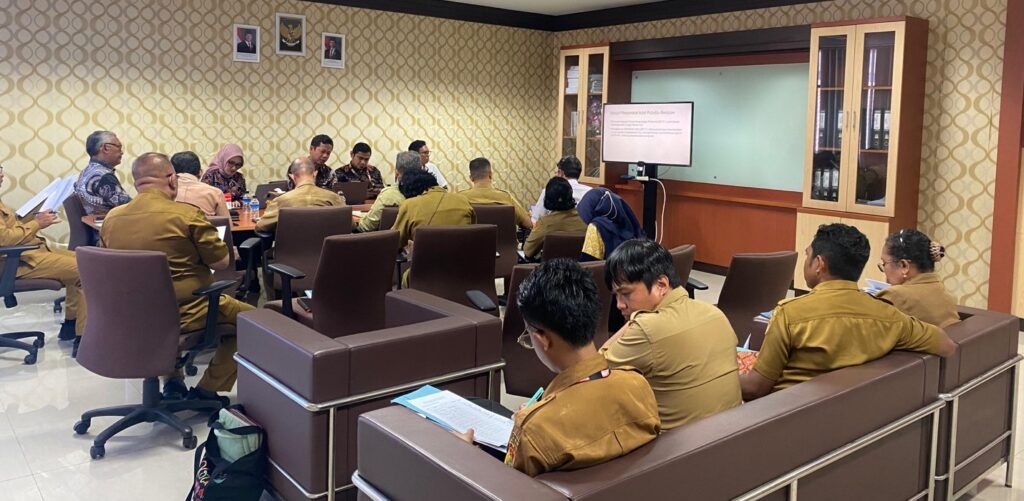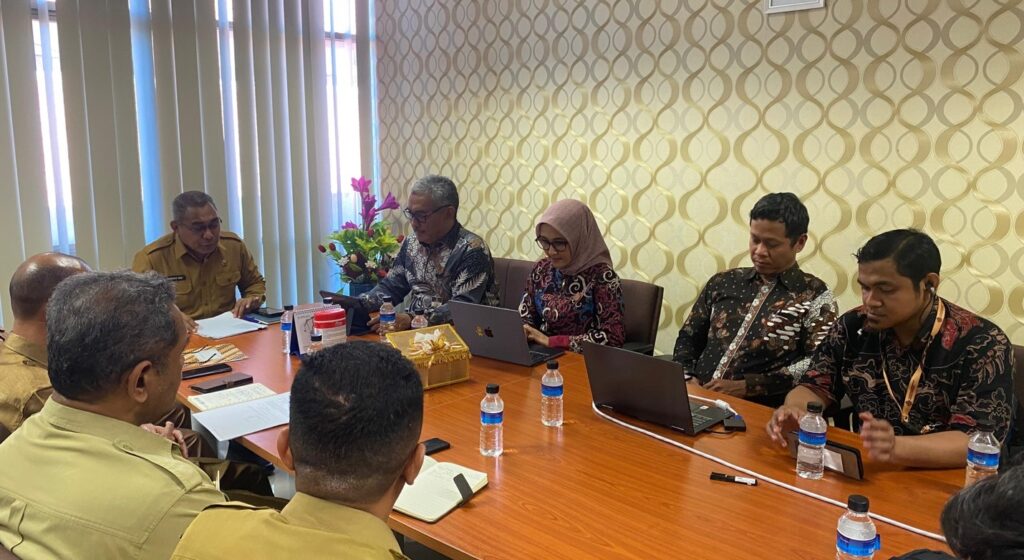
The director of the Centre, Dr. Al Khanif presented his research findings on the land dispute between Besipae Indigenous People and the Province of Nusa Tenggara on 22 September 2025. The presentation was part of the advocacy program led by the Directorate General of the Indigenous People and Local Beliefs (KMA) of the Ministry of Culture. The KMA invited representatives of the Timor Tengah Selatan District, the Bureau of Husbandry, the Bureau of Forestry, and the Legal Bureau of the Nusa Tenggara Province to discuss their research findings.
The findings of this research were collected through fieldwork conducted by five researchers of the Centre in May 2025. One of the significant findings is the existence of a sacred forest called “Kio” covering an area of 3780 hectares, which was built and maintained by the Kingdom of Amanuban during the colonial period. The Kingdom also built 37 piles of stones to mark the boundaries of the forbidden forest. The Kio Forest has a sacred ritual called Baku Naik and Baku Turun, meaning the forest is open once a year to maintain the ecological function of the forest and food supply.

However, the Besipae indigenous people no longer practiced the sacred ritual of Baku because they embraced Christianity, which restricted the Baku sacred ritual. The enactment of Law No. 69/1958, which transferred all lands owned by the Kingdom of Amanuban to become the state land under the Province of Nusa Tenggara, also affected the ownership of the sacred forest and Baku ritual. Since then, the Besipae indigenous people have not been able to access the sacred forest, which has affected their daily lives.
The director recommended that the KMA of the Ministry of Culture facilitate the land conflict between Besipae indigenous people and Nusa Tenggara Province so that the Besipae people can resume Baku ritual and regain access to the sacred forest.
